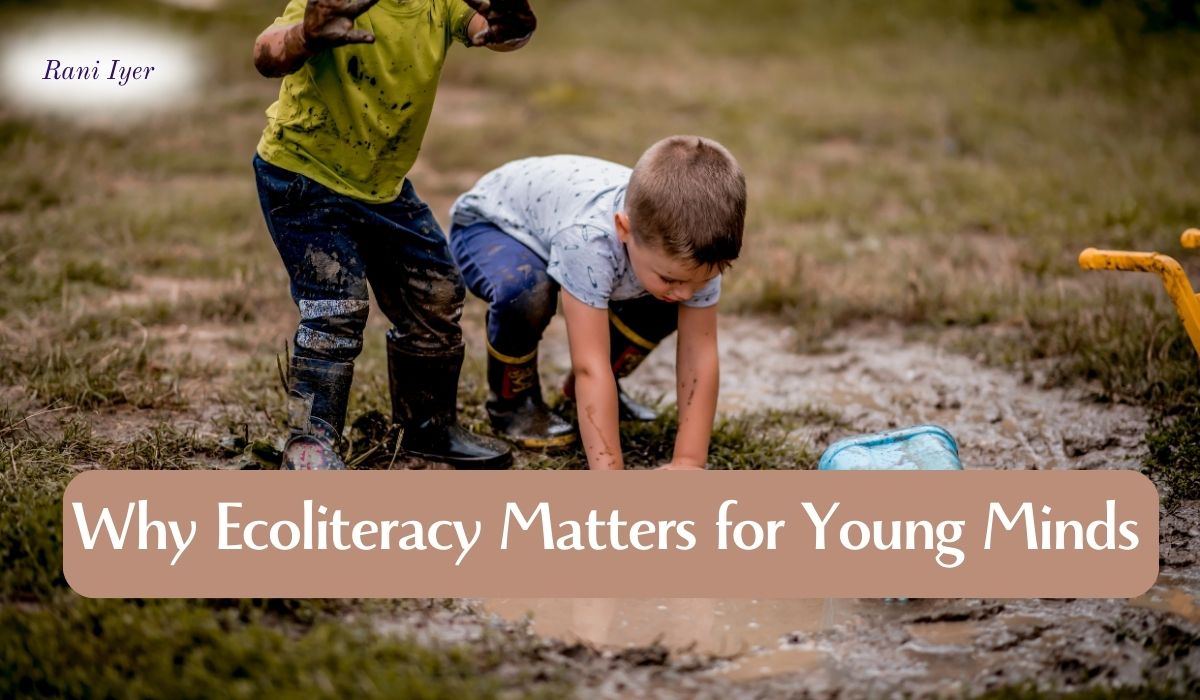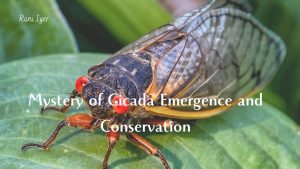In a world dominated by screens, instant gratification, and urban sprawl, there’s an urgent need to reconnect young minds with the natural systems that sustain life. Ecoliteracy—the ability to understand and interact with the ecosystems that make Earth habitable—isn’t just a buzzword for environmentalists; it’s a critical skill for the next generation. As climate change accelerates and biodiversity dwindles, fostering ecoliteracy in children isn’t optional—it’s essential. But why does it matter so much for young minds? Let’s dive into the science, the benefits, and the transformative power of teaching kids to see themselves as part of nature.
What Is Ecoliteracy?
Ecoliteracy goes beyond basic environmental awareness. It’s about grasping the intricate web of relationships between living organisms, including humans, and their environments. Think of it as ecological intelligence—a blend of systems thinking, empathy for all life forms, and a practical understanding of how nature works. Pioneers like David W. Orr and Fritjof Capra have championed this concept, arguing that it’s the foundation for building sustainable societies.
For young minds, ecoliteracy means learning through experience: planting a garden, observing pollinators, or tracing the journey of water from rain to river. It’s education that moves beyond textbooks and into the real world, sparking curiosity and fostering a lifelong connection to nature.
The Science: How Ecoliteracy Shapes Young Brains
Scientific studies reveal that engaging with nature doesn’t just feel good—it rewires young brains for the better. A 2015 study published in Proceedings of the National Academy of Sciences found that children who spend time in natural settings show improved cognitive function, including enhanced attention spans and problem-solving skills. The researchers noted that exposure to green spaces reduces mental fatigue, a phenomenon known as “attention restoration theory.” In a world where kids are bombarded with digital distractions, this is a game-changer.
Another study from Environmental Education Research (2018) explored how hands-on ecological learning impacts academic performance. Students who participated in outdoor programs—like monitoring local ecosystems or growing food—scored higher in science and creative thinking compared to peers in traditional classroom settings. Why? Because nature isn’t static; it’s a living laboratory where kids can observe cycles, flows, and interdependence firsthand.
Perhaps most striking is the mental health angle. A 2020 study in The Lancet Planetary Health linked nature exposure in childhood to lower rates of anxiety and depression later in life. Kids who grow up understanding their place in the ecosystem develop resilience and a sense of purpose—antidotes to the isolation of modern life.
Why Young Minds Need Ecoliteracy Now
1. Building a Sustainable Future
Today’s children will inherit a planet facing unprecedented challenges: climate change, habitat loss, and resource depletion. Ecoliteracy equips them to think systemically about solutions. For example, understanding that one species’ waste is another’s food (a core ecological principle) can inspire innovations like composting or circular economies. Without this knowledge, they risk becoming passive consumers rather than active stewards.
2. Fostering Empathy and Connection
Ecoliteracy nurtures empathy—not just for humans, but for all life. A 2019 study in Frontiers in Psychology found that children who learn about ecological interdependence show increased prosocial behavior. When kids see how a bee’s pollination supports a flower’s growth, they grasp the value of cooperation over competition. This mindset can ripple into their social lives, encouraging collaboration and compassion.
3. Countering Nature Deficit Disorder
Richard Louv’s term “nature deficit disorder” highlights a growing disconnect between kids and the outdoors. Urbanization and screen time have shrunk opportunities for unstructured play in nature. Ecoliteracy reverses this trend by making nature a classroom. Research from the Journal of Environmental Psychology (2016) shows that kids with regular nature exposure are less stressed and more physically active—key ingredients for healthy development.
4. Sparking Curiosity and Wonder
Rachel Carson once wrote that a child’s “sense of wonder” is the starting point for true learning. Ecoliteracy taps into this innate curiosity. Watching a seed sprout or a stream carve its path isn’t just science—it’s magic. A 2021 study in Child Development found that nature-based learning boosts intrinsic motivation, making kids eager to explore rather than memorize.
Real-World Impact: Ecoliteracy in Action
Programs like the Center for Ecoliteracy’s work with schools demonstrate how ecoliteracy transforms education. In California, students in the School Garden Program don’t just grow vegetables—they study soil health, track water cycles, and learn about food systems. Test scores rise, but so does something less measurable: a sense of agency. These kids aren’t just learning about the world—they’re learning how to shape it.
Similarly, Frontiers for Young Minds, an open-access journal, brings cutting-edge ecological science to kids, reviewed by kids. Articles on topics like biodiversity or climate dynamics make complex ideas accessible, proving that young minds can handle big concepts when presented with clarity and relevance.
How to Cultivate Ecoliteracy at Home or School
- Get Outside: Start small—visit a park, plant a seed, or watch birds. Let kids lead with their questions.
- Integrate Systems Thinking: Teach them to connect the dots. How does rain affect a tree? How does that tree affect the air?
- Use Stories: Share tales of nature’s resilience—like how wolves rebalanced Yellowstone’s ecosystem—to inspire awe.
- Limit Screen Time: Swap an hour of TikTok for an hour outdoors. The real world offers richer lessons.
The Bigger Picture: A Generation of Change-Makers
Ecoliteracy isn’t just about saving trees; it’s about saving ourselves. As David W. Orr argues, the ecological crisis is a crisis of education. If we teach kids they’re separate from nature, they’ll act that way. But if we show them they’re part of it—woven into the same cycles of energy and matter—they’ll rise to the challenge of protecting it.
Scientific evidence backs this up: a 2022 study in Sustainability found that ecoliterate youth are more likely to support sustainable policies as adults. They vote, innovate, and advocate with the planet in mind. In a world on the brink, that’s the kind of leadership we need.
Final Thoughts
Young minds are sponges, soaking up the world we present to them. Ecoliteracy offers a lens that’s both practical and profound, blending science with wonder to create informed, empathetic, and capable humans. The studies are clear: nature isn’t just nice to have—it’s a necessity for cognitive, emotional, and societal growth. So let’s take kids outside, let them dig in the dirt, and let them marvel at the systems that sustain us. Because when they understand why ecoliteracy matters, they’ll make sure the Earth thrives for generations to come.



